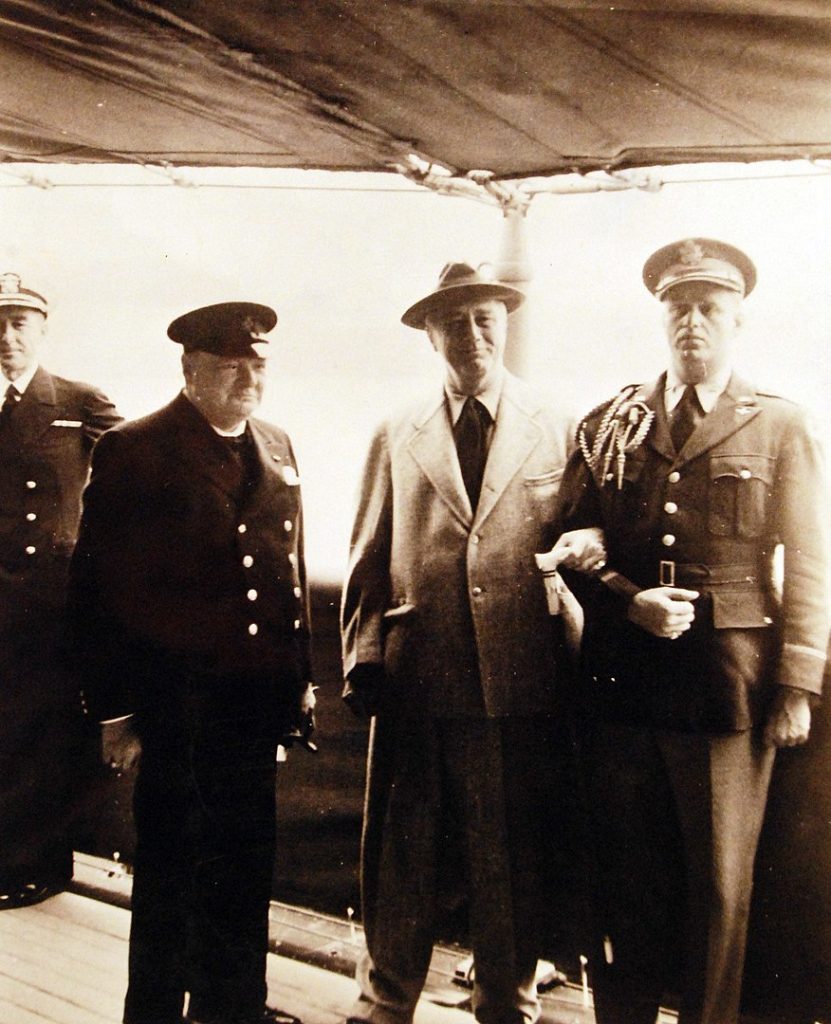US President Franklin Delano Roosevelt is described in the novel The Wallenberg Dossier in the veranda of his cottage in New Brunswick Bay, on the northernmost tip of Maine, while reading the briefing notes of the Hungarian Dossier, which will lead to the decision of authorizing Wallenberg to intervene in Budapest in collaboration with the War Refugee Board.
Franklin Delano Roosevelt, January 30, 1882 – April 12, 1945, often referred to as FDR, served as the 32nd president of the United States from 1933 until his death in 1945. As a member of the Democratic Party, he won four presidential elections, at the time the limit of two elections was still not instated, and became a central figure in the first half of the 20th century. He is consistently ranked by scholars and historians as one of the greatest presidents in American history.
Roosevelt directed the federal government during most of the Great Depression, implementing his New Deal domestic agenda in response to the worst economic crisis in U.S. history. As a dominant leader of his party, he built the New Deal Coalition, which defined modern liberalism in the United States throughout the middle third of the 20th century. His third and fourth terms were dominated by World War II, which ended shortly after he died in office.
Roosevelt was reelected in 1940 for his third term. By 1939, on the brink of World War II, the United States responded by passing a series of laws affirming neutrality and rejecting intervention. However, following the Japanese attack on Pearl Harbor on December 7, 1941, Roosevelt obtained a congressional declaration of war against Japan. On December 11 Japan’s allies, Nazi Germany and Fascist Italy declared war on the United States. In response, the US formally joined the Allies and entered the European theater of war. Roosevelt worked closely with British Prime Minister Winston Churchill, Soviet General Secretary Joseph Stalin, and Chinese Chiang Kai-shek in leading the Allied Powers against the Axis Powers. Roosevelt supervised the mobilization of the U.S. economy to support the war effort and initiated the Lend-Lease program and monetary aid programs. Under his leadership the United States became a superpower on the world stage.
Roosevelt won reelection in the 1944 with a post-war recovery plan. However, his health began declining and he died less than three months after being elected, on April 12, 1945. Vice President Harry S. Truman assumed office as president and oversaw the acceptance of surrender by the Axis powers.

Pubblico dominio
